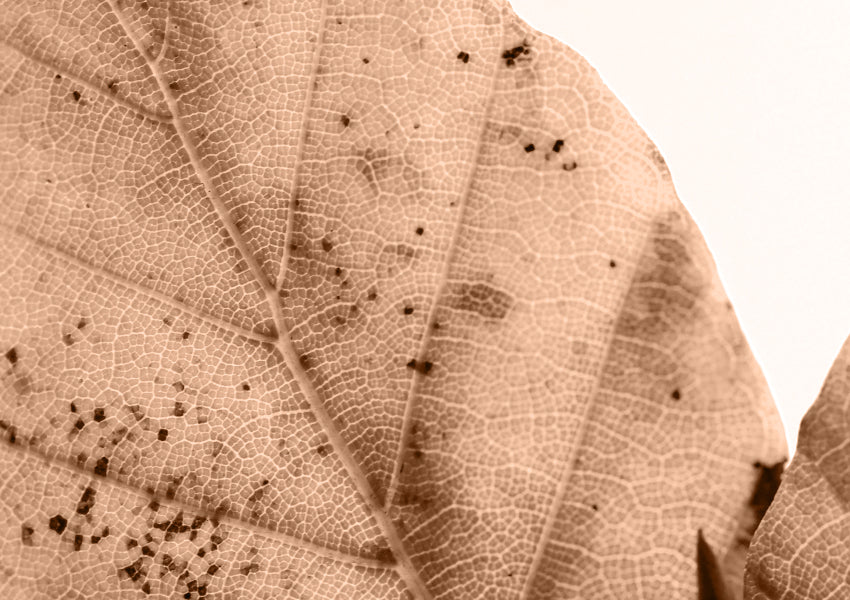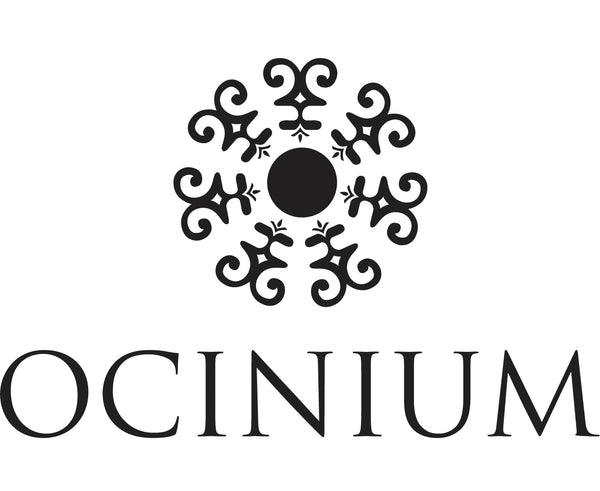Causes of pigmentation and how to prevent pigmentation on face
August 14 2018 – Cassandra Hilton

Most of us know that without adequate protection from environmental aggressors such as the ultra-violet radiation (UVR) and pollution, our skin will start to show signs of increased blotchiness, darkening of skin spots, dullness and over time, increased pigmentation. Pigmentation is inevitable in our Australian climate.
Pigmentation is a responsive mechanism to protect the skin against these DNA-damaging environmental influences. Pigment producing cells within the basal layer of the epidermis produce melanin. Melanin contributes to our genetically pre-determined skin, hair and eye colour and can function as a broadband UV protectant and also has antioxidant and free radical scavenging properties. However, when over stimulated, melanocytes can produce excess levels of melanin, which then contributes to pigmentation.
The role of melanin in photo-protection is still very controversial, however it remains a protective mechanism against UVR. Melanin serves as a physical barrier to scatter and absorb the penetration of UVR through the epidermis. It does so at approximately the equivalent of an SPF of 1.5-2.0 and up to a SPF equivalent of 4, filtering between 50-70% of UVR.
Sitting at the interface to the environment, your skin is repeatedly exposed to various DNA-damaging influences and therefore requires numerous mechanisms to protect against, reduce and repair such damage. The skin responds by thickening the epidermal layer, initiating DNA repair, utilising antioxidant reservoirs and increasing pigmentation.
There are a wide variety of agents with photo-protective properties against pigmentation, which range from antioxidants to plant extracts to DNA repair enzymes. These active components influence distinct steps of pigmentation, that when combined may prove advantageous to intercept the various pathways involved in melanogenesis.
Combinations of antioxidant Vitamins A, B3, C and E as well as Alpha and Beta Hydroxyl acids and plant polyphenols can work together synergistically to fade pigmentation, calm melanocytes activity, stimulate collagen, DNA repair and boost the skins natural immunity.
Vitamin A
Retinoids are a group of compounds derived from Vitamin A and are the single most important ingredient for healthy skin. With over four-decades of studies, dermatologists are unanimously in support of this holy grail antioxidant to improve the appearance of acne, photo-damaged and hyper-pigmented skin. They have a combined mechanism of action that involves the inhibition of tyrosinase, the dispersion of keratinocyte pigments, reduction in pigment transfer and a reduction in corneocyte cohesion by accelerating epidermal turnover. At prescription strength they are effective in reducing melasma, although are associated with side effects including redness, irritation and peeling.
Antioxidants such as vitamin A, C and E are depleted when exposed to UVR causing oxidative damage to skin. Regular topical application will assist to maintain epidermal reservoirs.
Locate this ingredient: Elemental Vitamin A+C+E Serum
Vitamin C
The brightening powers of Vitamin C are attributed to the ability to inhibit the activity of tyrosinase, the enzyme activating the pigment-producing cells in response to UVR. The concern with pure ascorbic acid is that it is notoriously unstable to oxidation and light. Derivatives of Vitamin C such as MAP and ATIP provide stable solutions and high efficacy in absorption, increasing brightening and collagen to improve pigmentation and tone.
Locate this ingredient: Luminosity Vitamin C Serum
Vitamin E
Don’t under-estimate the power of tocopherols. This natural antioxidant scavenges free radicals and assists to increase cellular glutathione, a master antioxidant. The depigmenting affect of tocopherols is as a result of inhibiting tyrosinase activity to brighten skin.
We love this ingredient so much you will find it within all of our products.
Niacinamide
This ingredient has a cult following. Vitamin B3 is an antioxidant with a huge array of skincare benefits without the side effects, even at higher doses. Naturally found within your skin, it acts as both an antioxidant and enzyme, participating in many cellular processes involved in inflammation, immunity, barrier defence, moisture and pigmentation. Niacinamide works on a different mechanism by blocking the transfer of pigment providing cells to the skins keratinocytes, producing a skin lightening effect and reducing pigmentation.
Locate this ingredient: Immortelle B3 Serum
Acids
Chemical agents such as alpha-hydroxyl and beta hydroxyl acids are used to exfoliate the skin. Their activity accelerates the turn over of epidermal layers of dead skin cells to disperse melanin pigment and lighten skin. Alpha-hydroxyl acids are organic acids found in fruits, plants and milk sugars, they inhibit tyrosinase activity associated with pigmentation development and at higher concentrations will disperse melanin associated with melasma and post-inflammatory pigmentation from acne damage.
Locate this ingredient: Ecdysis Bio-Ferment Enzyme Cleanse
Polyphenols
Flavonoids are natural plant polyphenols found in the leaves, bark and flowers. They contain powerful phenolic compounds with a range of activities, including anti-inflammatory, antioxidant and hypo-pigmenting properties. Polyphenols reduce reactive oxygen species to free radical damage and directly block the enzyme tyrosinase involved in melanin production and pigmentation pathways.
Locate this ingredient: Papaya + Pomegranate Facial Oil
Incorporating a combination of the above ingredients into your skincare routine is the perfect way to help improve the appearance of pigmentation and brighten and illuminate your complexion. You will find all of these hero ingredients throughout our Ocinium Intelligent Skincare range!
